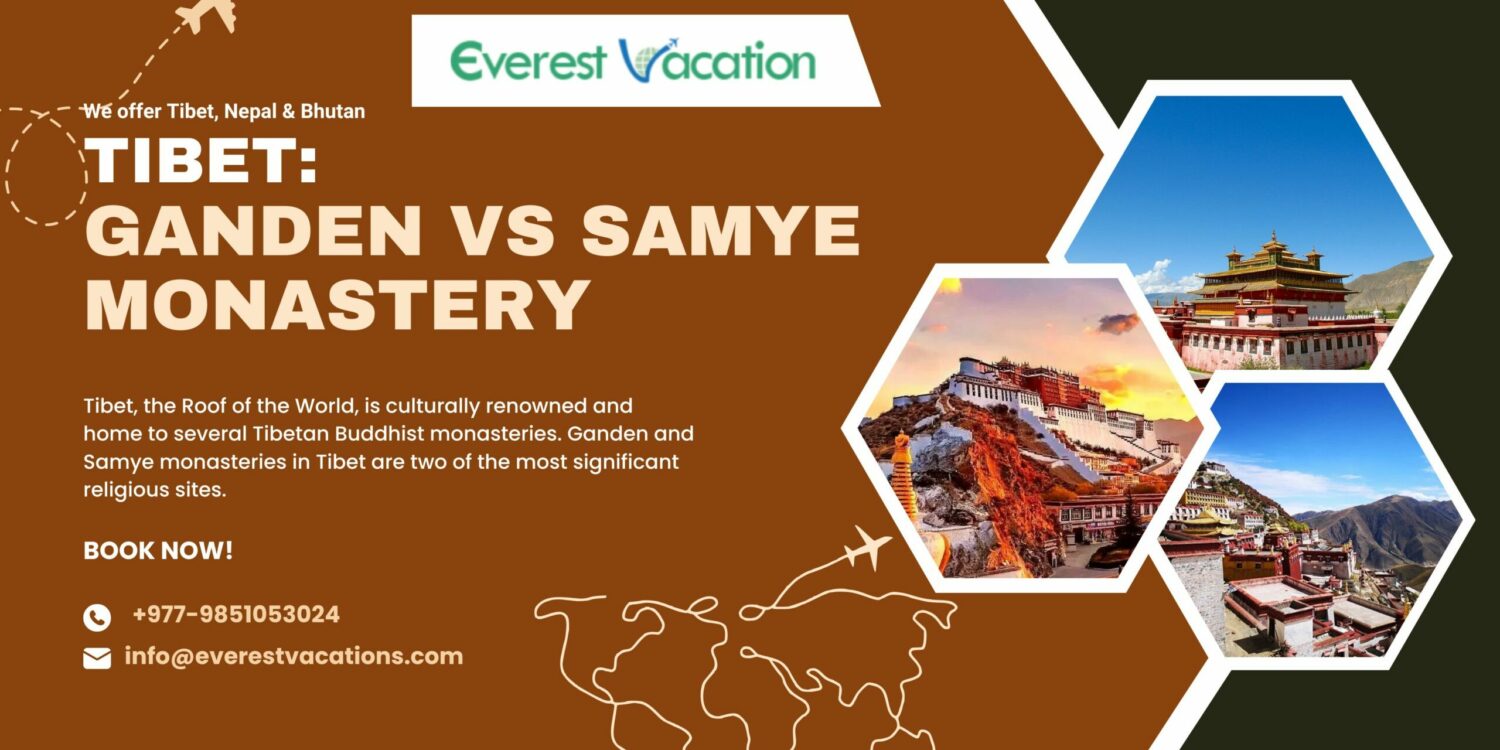Discover Nepal’s Rich Cultural and Natural Heritage Sites, as you embark on a captivating journey through its enchanting land, nestled amidst the majestic Himalayas. Disclose the stories held within the treasure trove of World Heritage Sites, from ancient temples to medieval palaces, each evidence of Nepal’s vibrant traditions and diverse cultural influences. Prepare to be mesmerized by the rich cultural heritage that awaits you in this enchanting country.
Experience Nepal’s sacred realm, exploring its revered World Heritage Sites. Feel the spiritual energy at Pashupatinath Temple, marvel at Newari craftsmanship at Patan Durbar Square, and witness the panoramic views from the majestic Swayambhunath stupa. Immerse yourself in the ancient art and culture of Bhaktapur Durbar Square and be enchanted by the historic charm of Kathmandu Durbar Square. Explore the majestic wonders of Sagarmatha and Chitwan National Parks, shaping Nepal’s identity and offering an unforgettable cultural and natural immersion.

What are World Heritage Sites?
World Heritage Sites, recognized by UNESCO, hold outstanding universal value to humanity and come in three types: Cultural, Natural, and Mixed. To earn this designation, properties must meet specific criteria, such as showcasing human creativity, significant historical stages, or exceptional natural phenomena.
World Heritage Sites are places of outstanding value to humanity, recognized for their exceptional cultural or natural significance, and preserved and protected for the benefit of present and future generations.
Nepal and World Heritage Sites
Nepal is home to 10 remarkable World Heritage Sites recognized by UNESCO for their cultural and natural significance. These sites showcase the country’s rich history, artistic achievements, and stunning landscapes. The notable UNESCO World Heritage Sites in Nepal are:
Kathmandu Valley: A treasure trove of cultural heritage
Kathmandu Valley, nestled amidst the majestic Himalayas is a treasure trove of cultural heritage. It boasts 7 UNESCO World Heritage Sites: Kathmandu Durbar Square, Patan Durbar Square, Bhaktapur Durbar Square, Swayambhunath Stupa, Boudhanath Stupa, Pashupatinath Temple, and Changu Narayan Temple. Kathmandu Valley’s World Heritage Sites offer glimpses of Nepal’s rich history, traditions, and spiritual significance, captivating visitors with architectural splendor and cultural legacy. Immerse yourself in the enchanting valley to explore the living wonders of Nepal’s past and present.

Kathmandu Durbar Square: A historical marvel
Kathmandu Durbar Square is a historical marvel in the heart of Nepal’s capital city. The Durbar Square’s captivating architecture leaves visitors in awe, featuring intricate woodcarvings, sculptures, and pagoda-style temples. The Kathmandu Square’s palaces, temples, and courtyards hold a rich history dating back to the 16th century. Within its vicinity lie numerous major attractions, including the Taleju Temple, Kalbhairav Temple, Kasthamandap, Ashok Binayak Temple, Living Goddess Kumari, Hanumandhoka Museum, and Shiva Parbati Temple, offering a mesmerizing journey through Nepal’s cultural heritage.
Patan Durbar Square: An artistic and cultural hub
Patan Durbar Square’s major attraction lies in its captivating Newari architecture. This artistic and cultural hub site beckons with its artistic temples, aesthetic monuments, and charming courtyards, showcasing the rich arts and cultural heritage of Nepal. Exploring this enchanting square unveils treasures like the Krishna Mandir, Bhimsen Temple, Vishwanath Temple, Patan Museum, and other mesmerizing courtyards, providing a delightful journey into the country’s architectural and historical wonders.
Bhaktapur Durbar Square: Nepal’s best-preserved medieval cities
Bhaktapur Durbar Square stands as one of Nepal’s best-preserved medieval cities. Adorned with Victorian-style temples, artistic courtyards, and historical treasures, such as the Nyatpole Temple, the 55-window palace, Dattataraya Temple, and a captivating open museum, this square radiates beauty and offers a captivating glimpse into the country’s vibrant cultural heritage.
Swayambhunath Stupa: The Monkey Temple with panoramic views
Designated as a UNESCO World Heritage Site, this Buddhist stupa, fondly known as the ‘Monkey Temple’, is believed to be more than 2,500 years old. Its golden spire, adorned with the watchful eyes of Buddha, glistens in the sun, captivating visitors and beckoning them to explore its spiritual significance. Perched on a hilltop, it offers panoramic views of the city, and ascending the 365 steps to its summit provides an enchanting experience for travelers from all corners of the globe.
Boudhanath Stupa: A symbol of peace and enlightenment
Boudhanath Stupa, one of the world’s largest stupas, stands as a symbol of peace and enlightenment. It is a beloved landmark for visitors enveloped in beauty, serenity, and spirituality. It entices visitors to circumambulate around it during the tranquil morning and evening hours. Within the complex, one can explore numerous monasteries, browse through Tibetan handicraft shops, and savor diverse food options, including authentic Tibetan cuisine, at the inviting cafes and restaurants.
Pashupatinath Temple: A sacred site of Hindu pilgrimage
Nestled along the banks of the Bagmati River, the sacred site of Pashupatinath is a Hindu pilgrimage. It honors Lord Shiva and boasts several surrounding temples. The temple’s sacred grounds are decorated with the touching cremation area, esteemed Sadhus, and the mesmerizing evening Aarti ceremony, all adding to its spiritual allure. The Pashupatinath temple remains a cherished destination of deep significance and cultural richness.
Changu Narayan Temple: A gem of ancient architecture
Nestled on a hilltop near Bhaktapur, the Changu Narayan Temple stands as a splendid example of ancient architecture in Nepal. As one of the oldest Hindu temples in the Kathmandu Valley, it is dedicated to Lord Vishnu. Adorned with intricate carvings and artistic masterpieces that reveal the skillful craftsmanship of the Licchavi period. Stepping into Changu Narayan Temple is a fascinating journey through time, where visitors can embrace the profound cultural heritage and spiritual significance of Nepal.

Lumbini: The birthplace of Lord Buddha
Lumbini, the birthplace of Lord Buddha, is a revered Buddhist pilgrimage site. It is located 300 kilometers southwest of Kathmandu in the Terai region. Explore the Maya Devi Temple, the main attraction with its sacred stone slab and ancient palace ruins. Discover diverse Buddhist traditions at the beautiful monasteries built by different countries. Immerse yourself in the region’s history and culture at the Lumbini Museum, delving into Buddha’s life and teachings. Experience spiritual significance with a boat ride on the Puskarini Pond, surrounded by shrines. Lumbini remains an essential place of pilgrimage for Buddhists worldwide.
Chitwan National Park: A popular wildlife destination
Chitwan National Park in Nepal is a popular wildlife destination, offering diverse flora and fauna in the lowland Terai region. Engage in thrilling jungle safaris on jeep or elephant, observing Royal Bengal tigers and one-horned rhinoceros in their natural habitat. Birdwatchers can delight in spotting over 500 bird species, including rare ones, with local guides’ assistance. A serene boat ride on the Rapti River reveals crocodiles and elephants along the water’s edge. Nature walks on well-marked trails are perfect for exploring the park’s richness. Visit nearby Tharu villages to experience the cultural heritage of the local people.

Sagarmatha National Park: A natural wonder of breathtaking landscapes
Nestled in Nepal’s Himalayas, Sagarmatha National Park stands as a natural wonder of breathtaking landscapes. It boasts the world’s highest peak, Mount Everest. Recognized as a UNESCO Natural Heritage Site, its diverse ecosystem thrives with a plethora of flora and fauna, creating a biodiversity hotspot. Adventure seekers and nature enthusiasts flock to this park for thrilling treks and mountaineering experiences. A true proof of Nepal’s Himalayan region’s awe-inspiring beauty and ecological importance, Sagarmatha National Park continues to mesmerize visitors from around the globe.
UNESCO World Heritage Sites’ Entry Fee List:
| World Heritage Sites | Foreigners Entry Fee/person | SAARC Nationals Entry Fee/person | Free Entry |
| Kathmandu Durbar Square | NPR 1000 | NPR 150 | Below 10 years |
| Patan Durbar Square | NPR 1000 | NPR 250 | Below 10 years |
| Bhaktapur Durbar Square | NPR 1500 | NPR 500 (Chinese Nationals) | Below 10 years |
| Swayambhunath Stupa | NPR 200 | NPR 50 | Below 10 years |
| Boudhanath Stupa | NPR 400 | NPR 100 | Below 10 years |
| Pashupatinath Temple | NPR 1000 | NPR 1000 | Only Indian Nationals |
| Changu Narayan Temple | NPR 300 | NPR 100 | Below 10 years |
| Lumbini | NPR 200 | NPR 100 | Below 10 years |
| Chitwan National Park | NPR 2000 | NPR 1000 | Below 10 years |
| Sagarmatha National Park | NPR 3000 | NPR 1500 | Below 10 years |

Tips for exploring Nepal’s World Heritage Sites
Exploring Nepal’s World Heritage Sites can be a fascinating and enriching experience. Here are some tips to make the most of your journey:
- Plan and research the World Heritage Sites you want to visit.
- Dress modestly and respect local customs and traditions.
- Consider hiring a knowledgeable licensed local guide for a better experience.
- Start your day early to avoid crowds and enjoy a peaceful ambiance.
- Take your time to explore each site thoroughly.
- Interact with locals to learn about their culture and way of life.
- Help preserve the sites by avoiding littering and valuing the environment.
- Be cautious of irregular terrain and wear comfortable shoes for safety.
- Capture the mesmerizing beauty of the sites with your camera.
- Try the diverse and delicious Nepalese cuisine during your visit.
Promoting sustainable tourism in Nepal
Sustainable tourism in Nepal is a vital approach that aims to minimize negative impacts on the environment, culture, and local communities while maximizing the positive benefits of tourism. Here are some key aspects of sustainable tourism in Nepal:
- Engaging and empowering local communities ensures economic and social benefits.
- Responsible trekking and mountaineering practices protect the environment and trails.
- Sustainable tourism encourages the preservation of cultural heritage and traditions.
- Supporting locally-owned businesses promotes the local economy.
- Wildlife conservation efforts are promoted for protecting endangered species.
- Education and awareness raise consciousness about sustainable tourism.
- Eco-friendly transportation options reduce the carbon footprint.
- Collaboration and certifications ensure effective implementation and monitoring.
Promote sustainable tourism in Nepal for a positive impact on its beauty and heritage. Embrace responsible practices to preserve Nepal’s cultural and natural treasures for future generations. Be mindful travelers, leaving a lasting legacy of sustainable exploration.

Conclusion: Embrace the timeless treasures of Nepal
Nepal’s World Heritage Sites are timeless treasures, showcasing rich cultural heritage and stunning natural beauty. These sites captivate visitors worldwide with their unique stories. Preserving them responsibly ensures they remain a source of wonder, inspiration, and cultural exchange for generations to come. Through sustainable tourism and collective efforts, we can safeguard these precious gems and celebrate their enduring significance.
*Let the adventure begin!*



